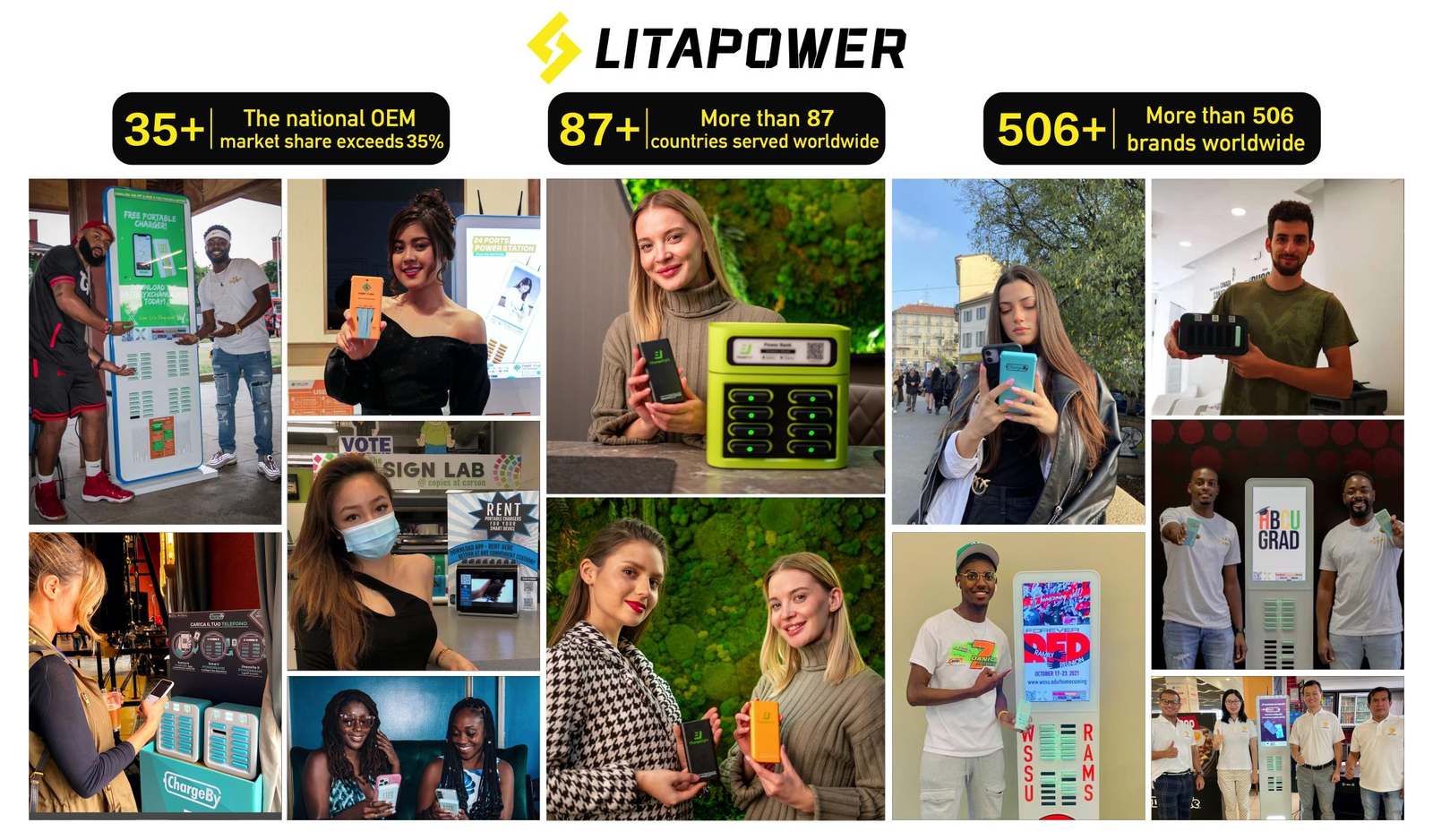The shared power bank field grows fast worldwide. Consequently, market competition is also up. New tech, therefore, is key for growth. It also makes user experience better and creates new business options. Initially, shared power banks met basic charge needs. However, they now build smart charge nets. Furthermore, they offer more varied services. This tech change profoundly reshapes the field. So, it is vital to look at new tech ideas. This approach helps us know the market. Moreover, it also helps find investment chances. For more on trends, please see our latest blog posts .

Key Areas of Tech Change
Tech change in shared power banks has several main areas. These include:
- Smart Hardware: This involves making power banks and stations smarter.
- Better Software: Essentially, improving apps and systems for the service.
- More Services: This means offering more than just charging.
- Good Operations: Ultimately, making the business run well and cost less.
These changes help users a lot. For example, they fix slow charging. Also, they help with poor device fit and hard rental steps. Plus, such improvements help operators find new ways to earn. They can run things better and compete well.

Hardware: Smarter and Custom
Hardware is getting smarter. Additionally, it is also more custom for specific needs. This is a big trend.
Charging Station Upgrades
Stations do more than store and charge now. For instance, many have HD ad screens. These screens, in turn, earn extra money from ads. Some top stations even have touchscreens. With these, users can find info. They can also join fun activities. This approach keeps users interested. Another key update is POS payment. Specifically, POS machines in stations let users rent with cards or NFC. This makes payment much easier, especially in other countries.
Power Bank Tech
Power banks themselves are also better. For example, fast charge tech (like PD and QC types) means users wait less. You can learn more about fast charge rules from USB-IF . Power banks now have many output ports. Examples are USB-A, Type-C, and Lightning. They also offer different power levels, such as 12W, 18W, and 22.5W+. This variety meets many device needs. Moreover, custom hardware for places is popular. Small desktop chargers for cafes are one example. Large stackable cabinets for big events are another. This custom hardware fits better in business spots. So, it improves space use and helps user experience.
Software: The Brain of It All
The software platform links users, devices, and operators. Therefore, its tech change is very key. Modern systems often have a user app. They also have a merchant backend and an operator control center.
User and Merchant Tools
User apps help find stations. They also let users scan QR codes to rent. Users can pay online too. Plus, these apps offer personal things, including coupons and loyalty plans. Merchant backends, on the other hand, give partners tools. They can manage devices and see data. This helps them know usage. It also boosts teamwork.
Operator Control and Data
The operator’s main platform is the system’s “brain.” It uses IoT technology to watch devices from far away. The platform also handles software updates and finds problems. Big data helps operators learn. For instance, they learn user habits, device heatmaps, and money earned. So, this helps with decisions and product changes. Also, white-label app options and open APIs help. They assist operators to quickly set up systems for their brand. This, in turn, lowers tech hurdles and speeds up market entry.
More Services Than Just Charging
Offering many services is key for new growth. Thus, operators want new value-added services. They use current hardware for this. They also use current users too.
- Ads: For example, using ad screens on stations for targeted ads. These ads base on user data and location.
- Local Deals: Additionally, working with local shops for coupons and referrals helps make money from user traffic.
- Lifestyle Links: Furthermore, some operators link member systems with local lifestyle services. This gives users more ease.
In the future, these platforms may offer even more. This could be small item storage, info lookup, or emergency help. Ultimately, they could become all-in-one public help spots.
Better Operations
Good operations are vital for profit. Therefore, using tech to improve work is a big goal. Cutting costs is also a major objective.
- Smart Dispatch: Firstly, smart plans use data. They put power banks where needed. This means fewer empty stations. Consequently, users are less mad.
- Remote Fixes: Secondly, systems can find and fix device problems from far off. This approach cuts repair costs. It also keeps devices working.
- Data Study: Thirdly, good data helps find rich areas and user groups. This, in turn, helps place devices and plan marketing.
- Auto Systems: Lastly, auto pay and revenue sharing make money matters easy with partners.

power bank rental business
The Future: AI, 5G, Green Tech
Tech change in shared power banks will certainly go on. New tech like 5G and AI will bring new ideas. You can learn about AI on Wikipedia . Edge computing will bring new ideas too.
- AI Tips: For instance, AI systems can better match users with charging and offers.
- Edge Computing: Also, this can help stations process data locally. It means less need for cloud servers. It also improves speed and data safety.
- Biometrics: Moreover, safe tech like fingerprint or face scans might be used for rentals. This would make them safer and easier.
- Green Design: Simultaneously, people care more about the earth. This will lead to greener materials. Power banks and stations will be easier to recycle. This fits with global sustainability goals .
Conclusion: New Ideas Power Shared Charging
In conclusion, tech change keeps the shared power bank field strong. It also helps it compete. New ideas in hardware move the field to a smarter future. New ideas in software, services, and operations do too. The industry will be more convenient. It will also be greener. Those in the field must invest in R&D. They also need to use new tech. This is key to compete well. The future shared charging network will be more than just power. Indeed, it will be a smart platform. It will link users and shops. It will also link many services. This will help build smart cities.






